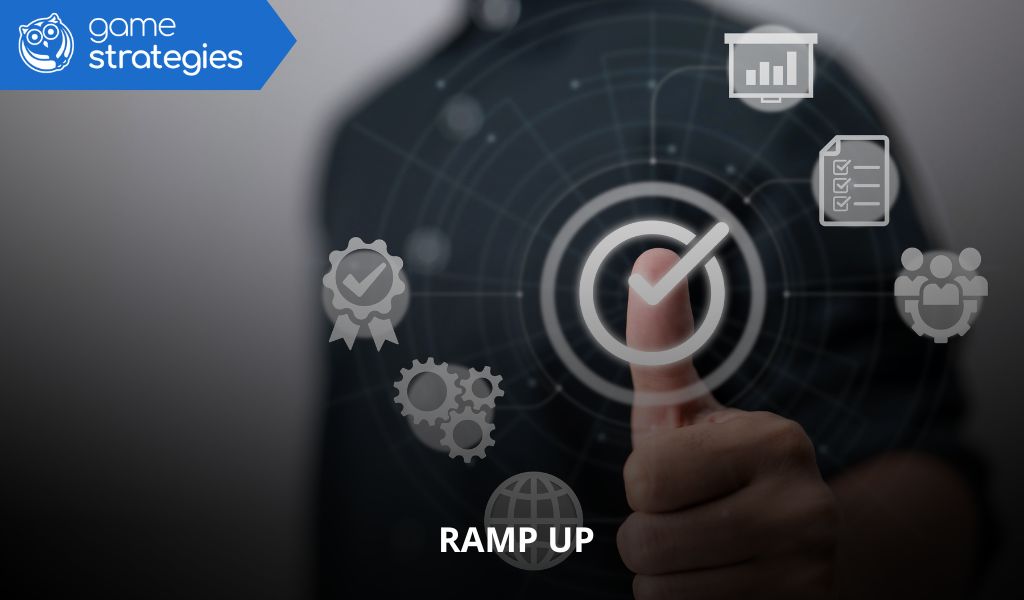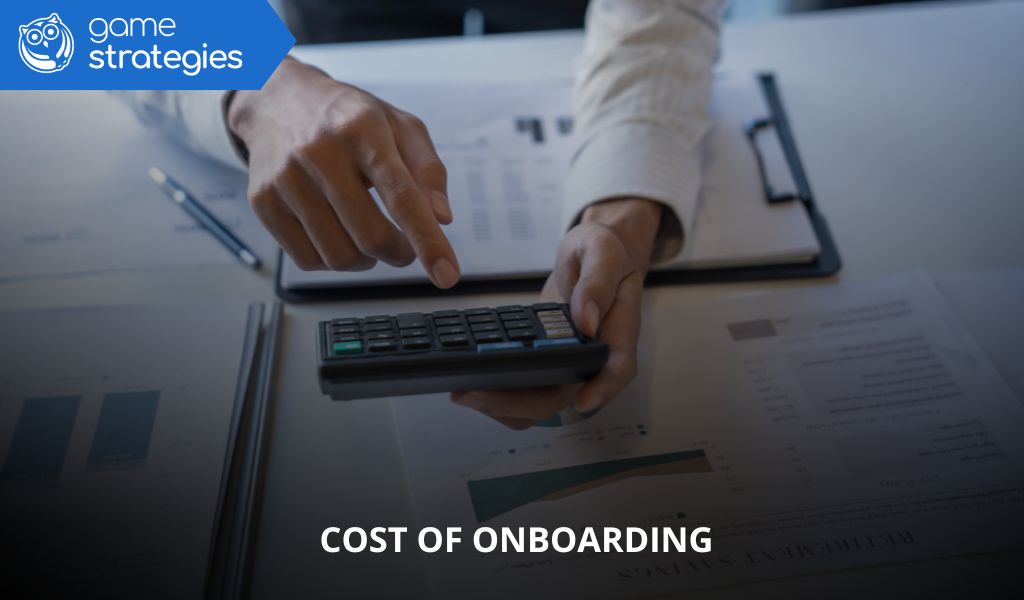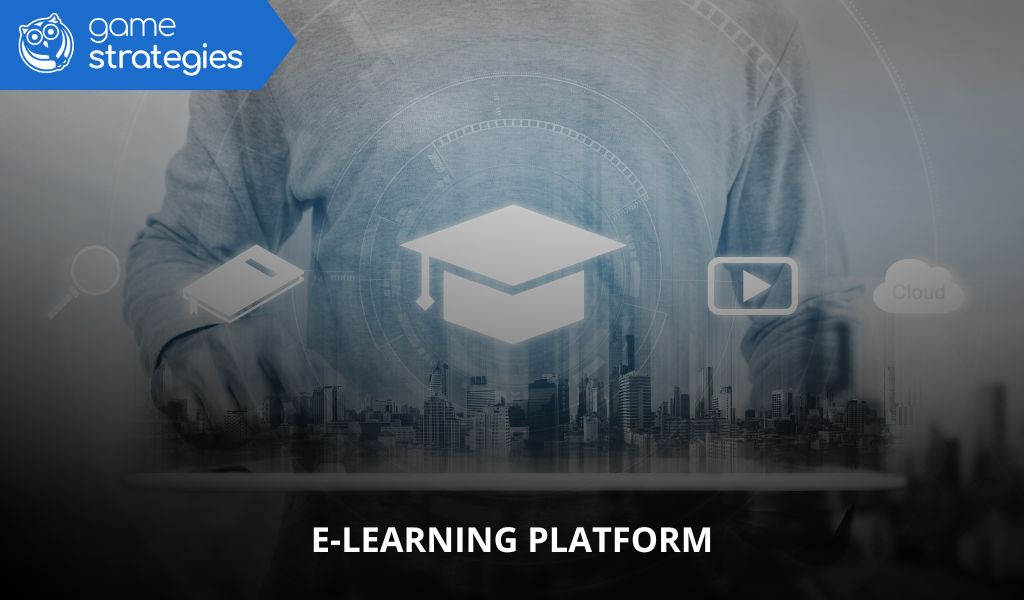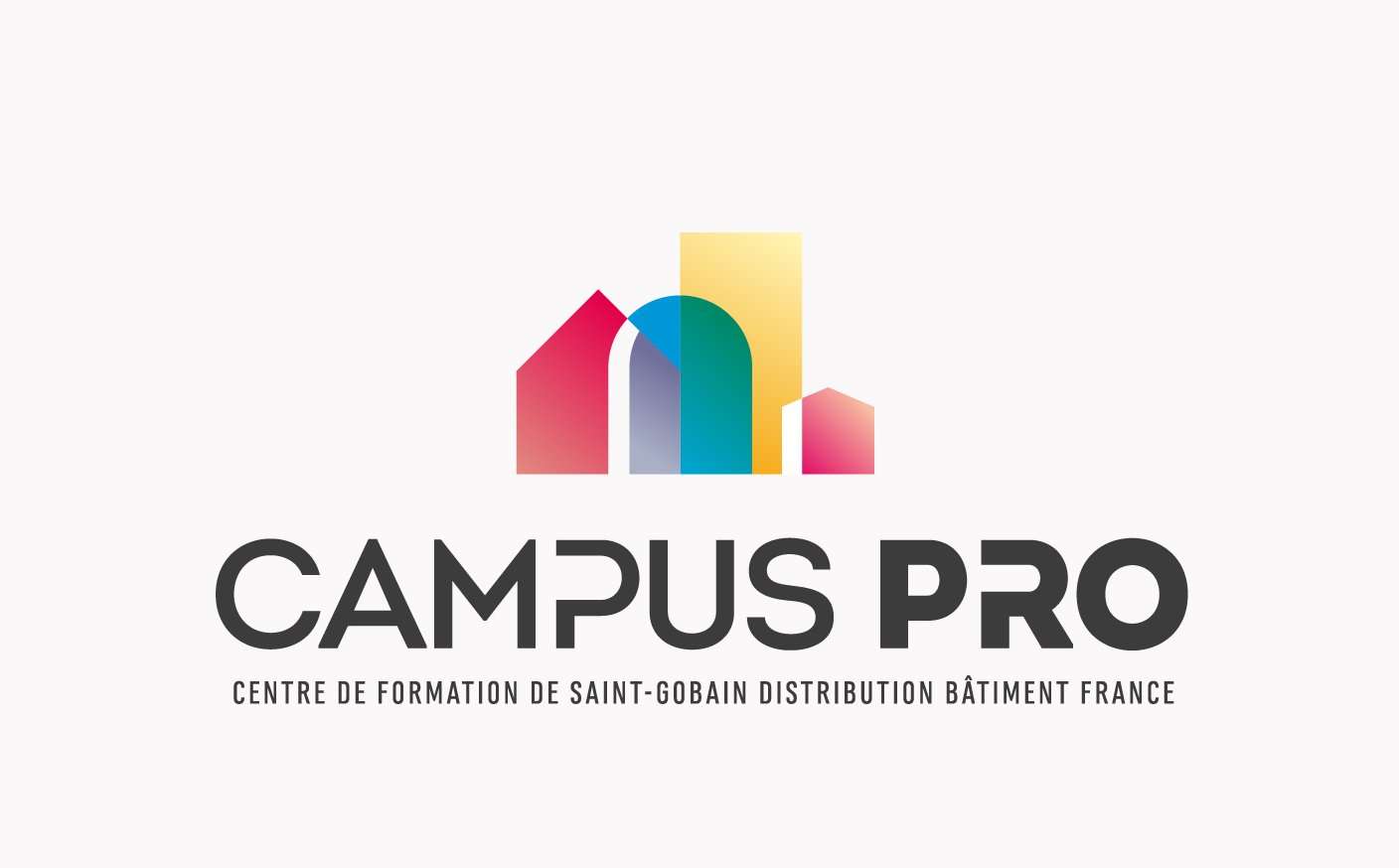In both corporate and academic e-learning, the ability to deliver training content across different platforms without sacrificing quality or functionality is essential. This is where SCORM comes in—a standard that has reshaped how we create, distribute and track learning content. But what is SCORM, exactly, and why is it still relevant more than two decades after its creation?
If you want to make your training programmes more efficient and measurable, it’s worth understanding how this model can help you streamline processes, integrate tools and offer a consistent learning experience. At Game Strategies, we explain what SCORM is and how to apply it effectively.
What is SCORM and why does your training team need it?
Talking about SCORM means talking about a turning point in the development of online learning. This technical standard solved one of the key issues in early e-learning: the lack of compatibility between platforms. Thanks to SCORM, you can now create a course once and deploy it across multiple LMS platforms without rebuilding it from scratch.
Understanding what SCORM is also means understanding how to build an efficient, scalable and trackable training ecosystem—and why so many organisations continue to rely on it to structure digital learning content.
Technical definition of SCORM (without overcomplicating it)
SCORM stands for “Sharable Content Object Reference Model.” In practical terms, it’s a set of specifications that ensures any course content can function correctly in any learning management system (LMS).
A brief history and evolution of the SCORM standard
SCORM was developed in the early 2000s by the US Department of Defense through its Advanced Distributed Learning (ADL) initiative. The aim was to standardise digital learning content to ensure it could be reused across various technical platforms.
Since then, SCORM has evolved into more advanced versions, including SCORM 1.2 and SCORM 2004—becoming the global standard for digital learning interoperability.
What is a SCORM file and how does it work in an LMS?
The SCORM format allows you to package a complete course into a single file that can be read by any LMS. This guarantees a smooth experience for both learners and administrators.
How a SCORM package is structured
A SCORM package is usually a compressed .zip file containing all course components—HTML pages, multimedia assets, quizzes and scripts that enable interaction with the LMS. This format makes it easy to upload and deliver content without additional coding.
What kind of data can SCORM track (progress, scores, time, etc.)
SCORM can record:
- Time spent on each activity
- Quiz scores and assessments
- Lesson-by-lesson progress
- Course status (completed, in progress, failed)
- Last location visited
All of this data is stored in the LMS and made accessible to training administrators through detailed reports.
Difference between SCORM 1.2 and SCORM 2004

Both versions aim to ensure compatibility between content and LMSs, but there are key differences:
| Feature | SCORM 1.2 | SCORM 2004 |
| LMS compatibility | Very high | Moderate |
| Course status | One at a time | Multiple combinations |
| Suspend data limit | 4,096 characters | Up to 64,000 characters |
| Feedback and evaluation | Basic | Detailed |
| Content sequencing | Not supported | Fully supported |
| Technical complexity | Low | High |
| Maintenance | Simple | Requires more support |
| Best for… | Simple courses | Complex learning paths |
What is SCORM used for in corporate training?
Corporate training demands standards that are reusable, measurable and compatible. SCORM allows you to build digital content that works across multiple platforms without dependency or duplication.
Integrating simulators, games and content into platforms like Moodle or TalentLMS
SCORM enables you to package interactive experiences—like simulations or training games—and upload them seamlessly into your LMS, eliminating compatibility issues.
Tracking real-time learning progress
With SCORM, you can monitor how long employees spend on training, which topics they’ve mastered, and where reinforcement is needed. This enables data-driven learning decisions.
Ensuring compatibility between providers and platforms
SCORM acts as a bridge between content creators and LMS platforms. You can purchase a course from an external provider and run it in your LMS without needing custom development.
Benefits of the SCORM format for companies
Multi-platform compatibility
Your training content will display correctly in almost any LMS, giving you the flexibility to change platforms without losing content investment.
Automatic progress tracking
SCORM records the exact point where a user stopped—even if they switch devices or lose connection—ensuring continuity.
Integrated assessments and personalised feedback
Courses can include built-in quizzes whose results are automatically recorded and used to generate performance reports or adapt content paths.
Modular structure tailored to roles or levels
Courses can be broken down into independent modules (SCOs) that can be reorganised based on user profiles, roles or skill levels.
Scalable deployment for large organisations
A single SCORM-compliant course can be distributed globally without modification, reducing costs and simplifying updates across teams.
SCORM vs xAPI: which one is right for you?
Although SCORM remains the dominant standard, xAPI has emerged as a modern alternative. Both have advantages depending on the training context.
Key differences between SCORM and xAPI
SCORM is designed for course-LMS interaction and requires connection to a platform. xAPI, on the other hand, operates independently of an LMS, tracks offline activities and integrates with mobile apps and games.
When to choose SCORM and when to go with xAPI
- Choose SCORM if you need a quick, web-based and widely supported solution.
- Choose xAPI if your learning strategy includes offline experiences or broader performance tracking.
In fact, the two formats can be used together to get the best of both worlds.
At Game Strategies, we deliver SCORM-ready content for your LMS
We design simulations, gamified experiences and digital learning modules that are fully SCORM-compliant. This means your content can be integrated into any LMS and tracked from day one.
If your organisation needs a scalable, measurable and learning-driven solution, SCORM may be the perfect fit.
¿De cuánta utilidad te ha parecido este contenido?
¡Haz clic en una estrella para puntuarlo!
Promedio de puntuación 0 / 5. Recuento de votos: 0
Hasta ahora, ¡no hay votos!. Sé el primero en puntuar este contenido.









